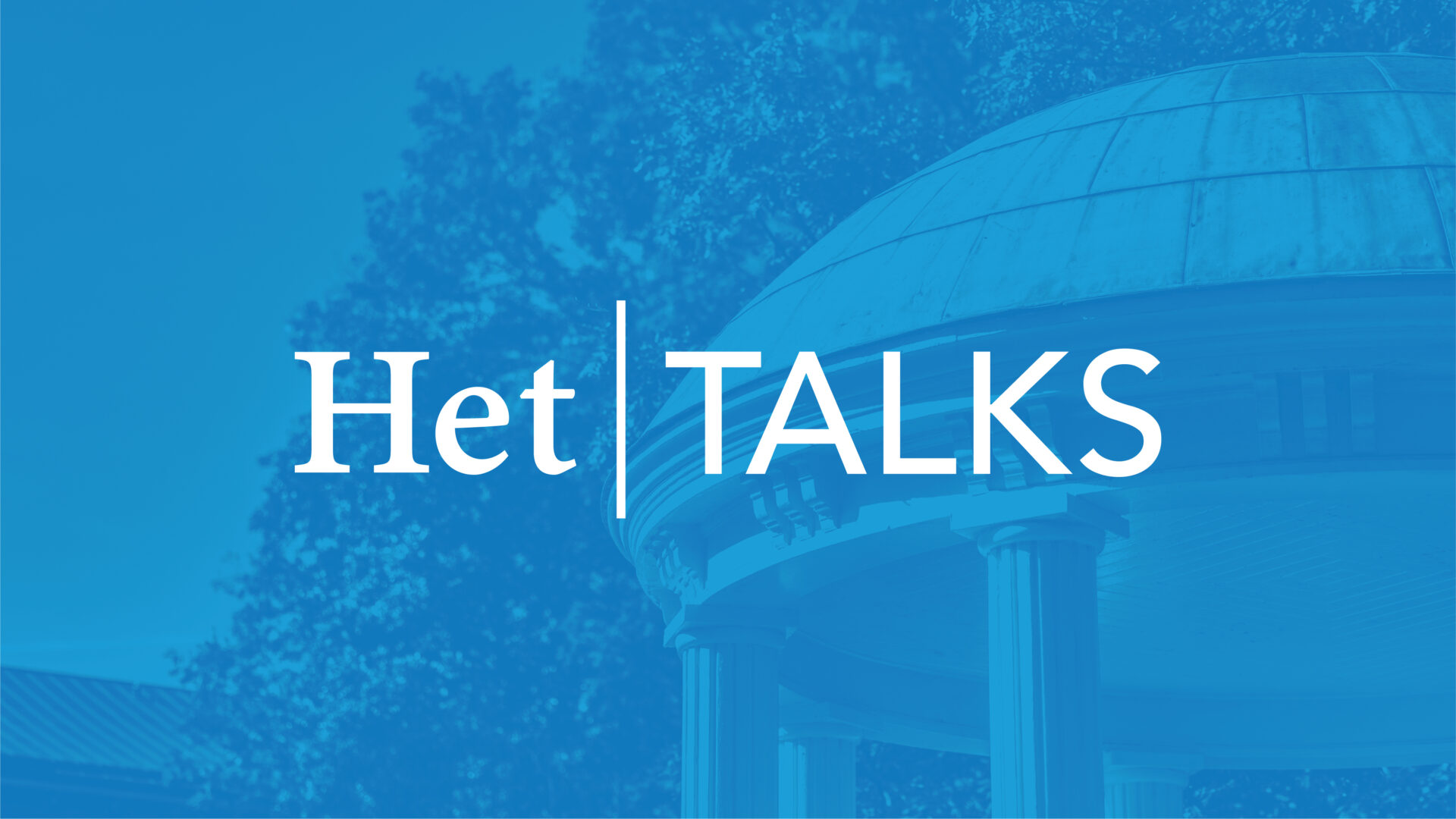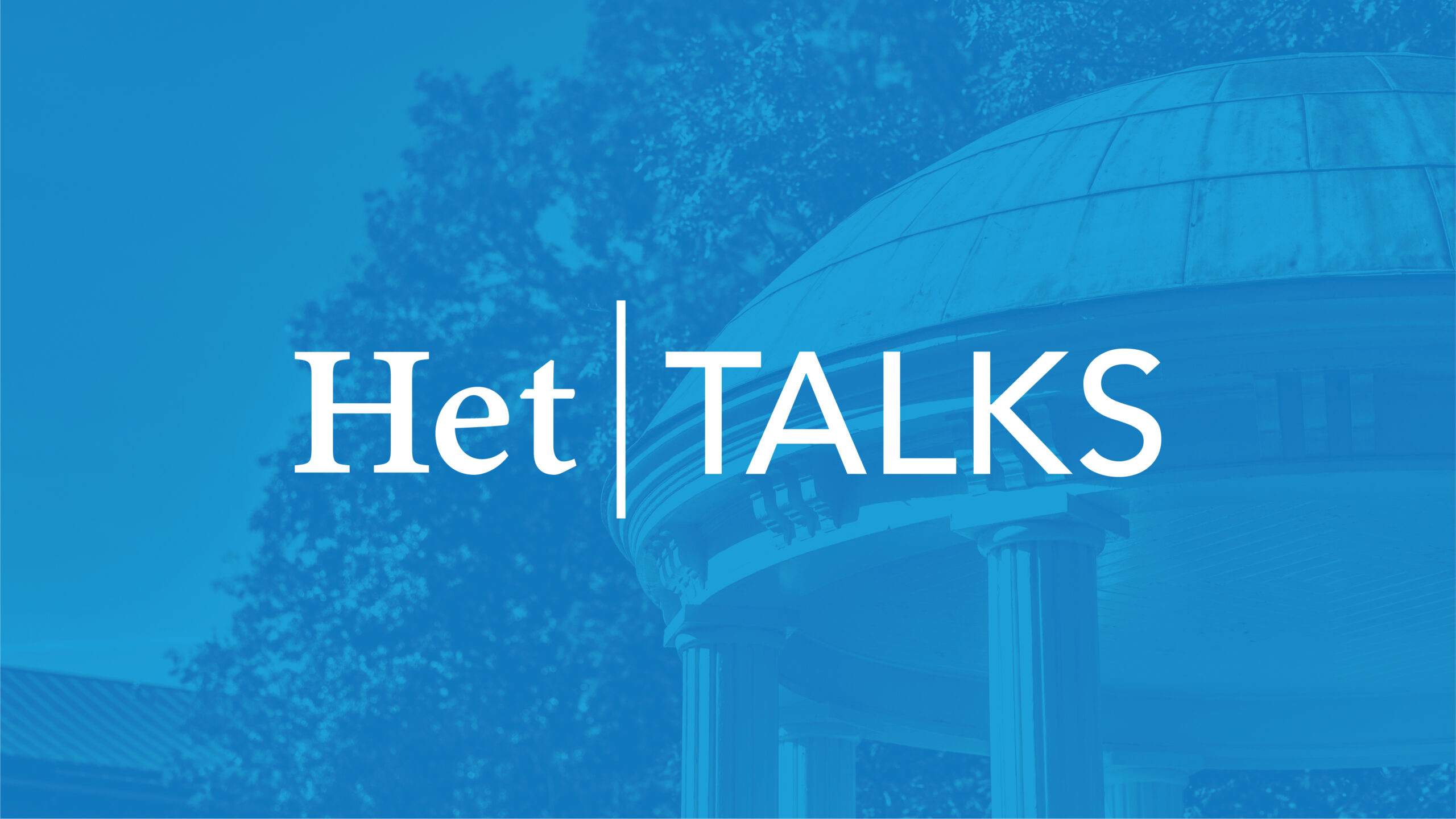
Enjoy presentations by this year’s recipients of the Phillip and Ruth Hettleman Prizes for Scholarly Achievement. The talks will provide an engaging look into these distinguished early career scholars’ work.
The late Phillip Hettleman, a member of the Carolina class of 1921, and his wife Ruth established their prestigious named award in 1986 to recognize the achievements of outstanding junior faculty. The recipients of the $8,000 prize will be recognized at an upcoming Faculty Council Meeting.
This is an in-person event.
2024 Hettleman Winners
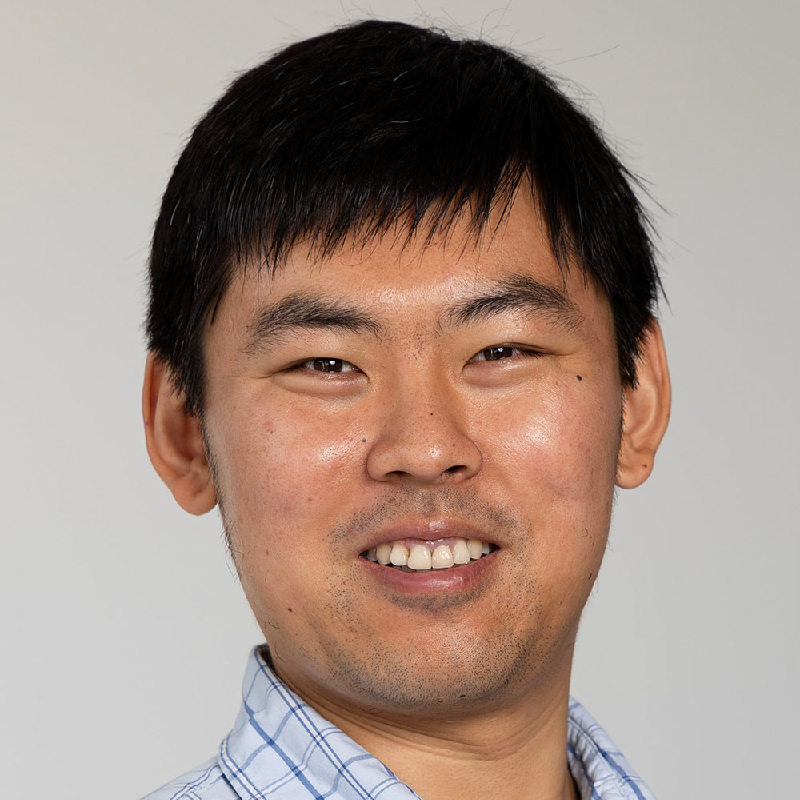 Wubin Bai, Applied Physical Sciences, College of Arts and Sciences
Wubin Bai, Applied Physical Sciences, College of Arts and Sciences
Research: Bai is a rising scholar pioneering in bioelectronic technology, especially in the realm of implantable and wearable devices and drug delivery. His broad background in materials science and biomedical engineering is backing his work on next-generation medical devices for improving health and increasing our understanding of living systems. He has over 65 publications to date — 17 of those as first author — including many high-impact works.
Bai combines the materials science of soft responsive materials, biosensing, and autonomous dosing with advanced manufacturing, all within a system engineering perspective to make complete solutions. His lab invented a multi-modal patch for deep tissue monitoring and digitally automated drug delivery, developed 3D multiscale electronic scaffolds for studying organoids, and designed small soft robots to address challenges of medical implants, all of which yielded patents to pursue translation.
Impact: Bai’s goal is to create new technologies for wearable or implantable devices that can sense physiological quantities to deliver drugs or direct tissue growth and disappear when no longer needed. His developments enable dozens of microgram-dose drugs to be actively delivered with high precision, serving as a promising solution to improve patient compliance and adherence to a pharmaceutical plan, increase treatment precision, and realize pharmaceutical intelligence.
 Stephanie DeGooyer, English and Comparative Literature, College of Arts and Sciences
Stephanie DeGooyer, English and Comparative Literature, College of Arts and Sciences
Research: DeGooyer’s research examines intersections between law and literature from both historical and contemporary perspectives. By looking at eighteenth-century literature through the lens of legal and political texts, and vice versa, she reveals new relationships between the development of the novel and emerging concepts of nationality.
DeGooyer has two monograph projects currently underway and has explored these important issues in two acclaimed books. She has also written three book chapters, three peer-reviewed articles in journals, 14 op-eds and articles of engaged scholarship, and appeared in 13 interviews and podcasts. She performs both academic and public-engaged scholarship with an equally impressive degree of success.
Impact: By exploring major issues in their sociohistorical context, DeGooyer brings to light unexpected continuities, discrepancies, and parallels between concepts and policies of immigration, notions of citizenship, nationality, refugees, asylum in the 18th and 21st centuries. Her research is revolutionary in its approach to 18th-century literature and culture but is also timely and invaluable to the current understanding of hot-button topics like immigration policy and law, political refugees and political asylum, nationality, nationhood, and citizenship.
DeGooyer is actively shaping public discourse on these topics through interviews and podcasts with PBS, The Nation, The Guardian, and Public Books. She also engages in public humanities activities that elevate the academic profile of both the English and comparative literature department and the University and demonstrates the relevance of the humanities in today’s world.
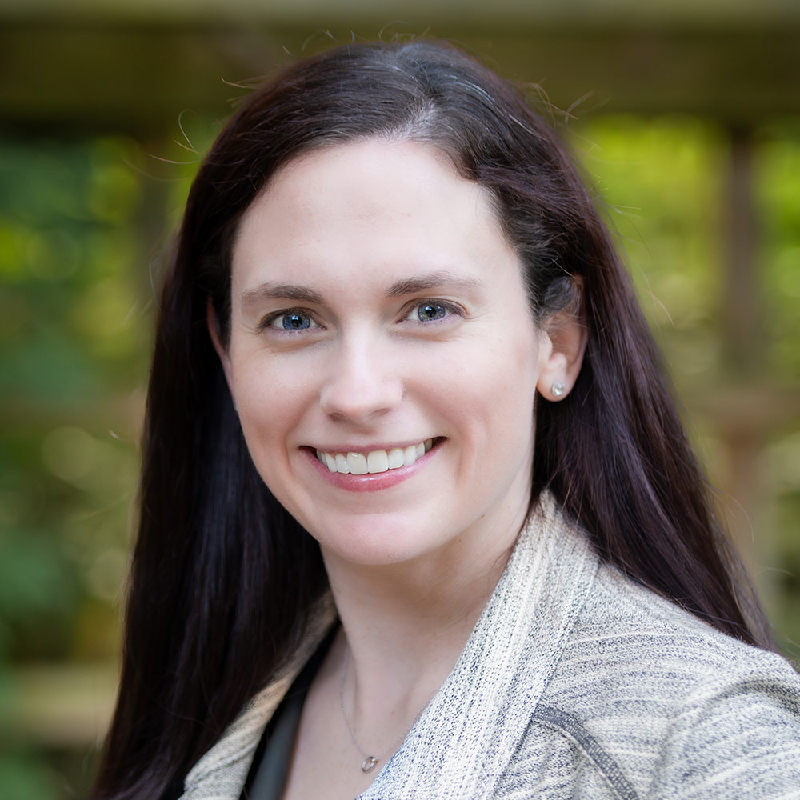 Julia Rager, Environmental Sciences and Engineering, Gillings School of Global Public Health
Julia Rager, Environmental Sciences and Engineering, Gillings School of Global Public Health
Research: Rager leads a research team aimed at unraveling relationships between environmental exposures and health outcomes, with a focus on complex mixtures — made of many chemicals whose complete composition is unknown — that are becoming more prevalent in the environment. Her laboratory uniquely addresses this goal by coupling advanced computer modeling methods with molecular toxicology approaches.
Rager is an expert in public health and human risk assessment, but also well-trained and equipped to leverage the latest tools and approaches from the disciplines of genomics, molecular biology, and computational sciences. She has produced 90 publications — 22 of which she led as last author, and 14 of which included students in her lab as first authors.
Impact: The primary mission of Rager’s lab is to integrate data from next-generation technologies into the regulatory arena to better protect public health. Her findings highlight the importance of regulating human exposures to chemicals based on the best available science enabled through a biological analysis method that combines multiple datasets to study complex biological processes.
She has worked on some of the most challenging ongoing environmental chemical issues including arsenic, hexavalent chromium, perfluorinated chemicals, and wildfire emissions. Her work has been cited extensively and has been considered in a formal risk assessment process at the U.S. Environmental Protection Agency.
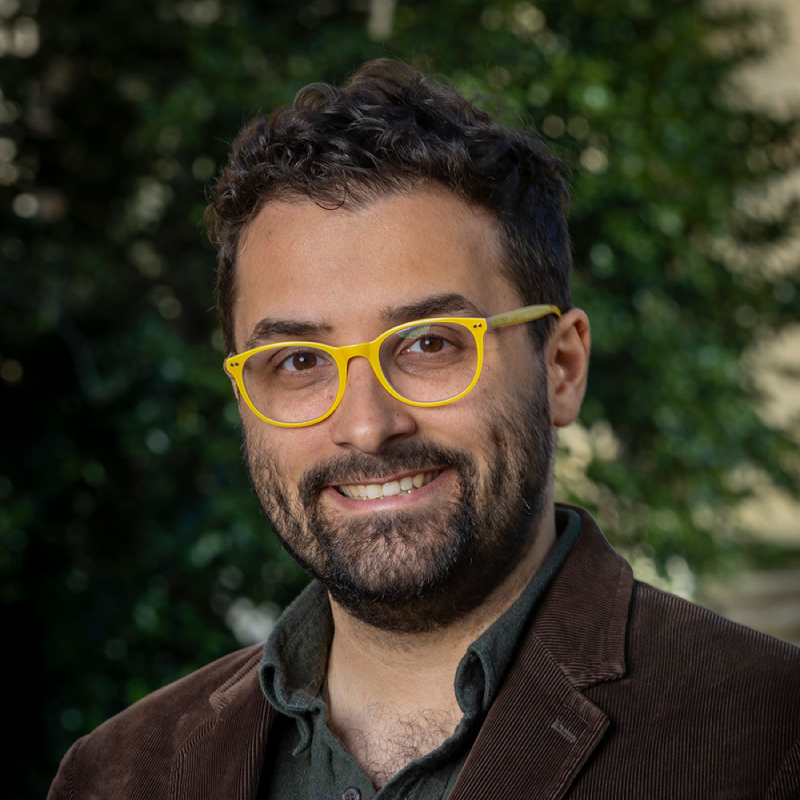 Carl Rodriguez, Physics and Astronomy, College of Arts and Sciences
Carl Rodriguez, Physics and Astronomy, College of Arts and Sciences
Research: Rodriguez is an emerging leader in a field that is in its infancy — black holes and gravitational waves. This year, he was selected by the American Astronomical Society for the Warner Prize, the highest national award given to early-career astrophysicists. He won for groundbreaking work on the astrophysical origin of the gravitational-wave sources detected by the Laser Interferometer Gravitational-Wave Observatory (LIGO).
Rodriguez’s work on the dynamical formation of merging black hole binaries from young star clusters, stellar triples, and globular clusters — millions of stars tightly bound together — has been key in the community’s analysis of these events. His 96 peer-reviewed papers, 19 of which he led as first author, have garnered over 10,000 citations.
Impact: By carefully studying the full catalogs of gravitational waves — ripples in spacetime caused by large moving objects like black holes — that will be discovered over the coming decades, Rodriguez can learn not only about how black holes form, but how stars, star clusters, and even galaxies are born and die across cosmic space and time.
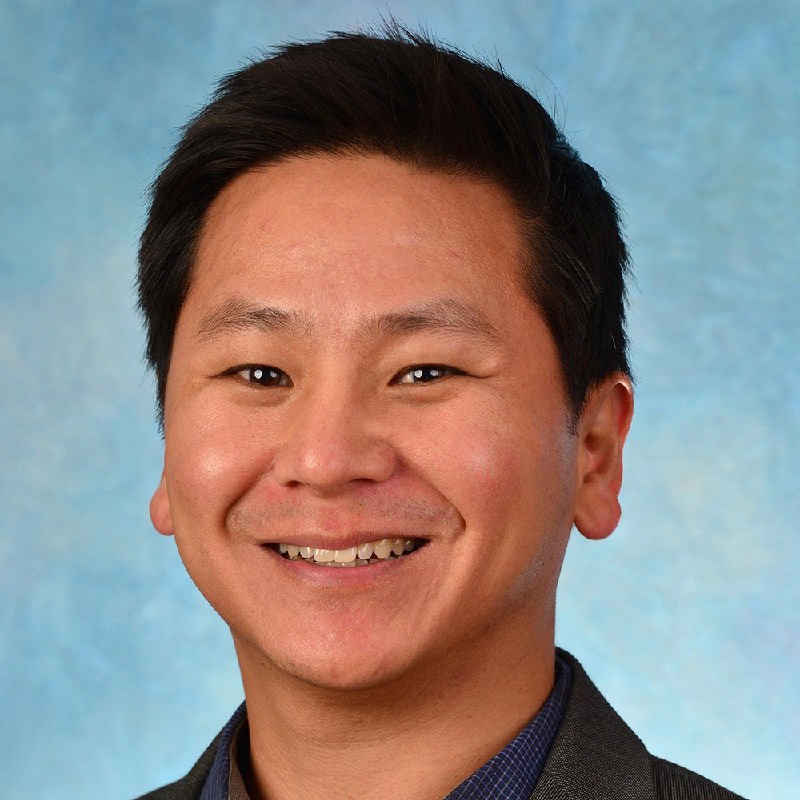 Mark Shen, Psychiatry, School of Medicine
Mark Shen, Psychiatry, School of Medicine
Research: Shen discovered an early biomarker for autism — the presence of excessive cerebrospinal fluid (CSF) volume in the brain — that is detectable by 6 months of age in certain babies, which is two years before they develop autism. His research since then has focused on how CSF cleans the brain of neuroinflammation and how problems with that process can lead to the development of autism in the first years of life. He has led the world’s literature in this field.
Shen is now PI of a five-year, NIH-funded study of early CSF pathophysiology, the brain’s lymphatics, and its downstream effects on brain development, using neuroimaging in infants with neurodevelopmental disabilities (NDDs) and mechanistic studies in corresponding mouse models of these NDDs. His NIH grant is the first study of brain lymphatics in children. Shen has published 40 peer-reviewed papers, including eight that were recognized by the NIH as finalists for “the most significant advances in autism research.” He was also named the Early-Career Investigator of the Year by the International Society for Autism Research.
Impact: Behavioral symptoms of autism emerge in the latter part of the first or second years of life, and therefore diagnosis is not currently made until 2-4 years of age. Shen has demonstrated that enlargement of CSF volume emerged in the first six months of life in infants who later developed autism, allowing for the possibility of a new, earlier method of diagnosis.
In 2018, Shen founded the clinical trials program within the Carolina Institute for Developmental Disabilities, which tests novel genetic therapies in children with NDDs. The over-arching goal of Shen’s research is to identify early biological markers and therapeutic targets for NDDs including autism, fragile X syndrome, Down syndrome, and Angelman syndrome. His research is unique because it is fully translational between preclinical models, clinical research, and clinical trials.

